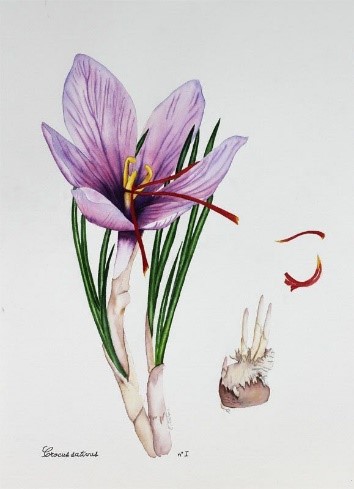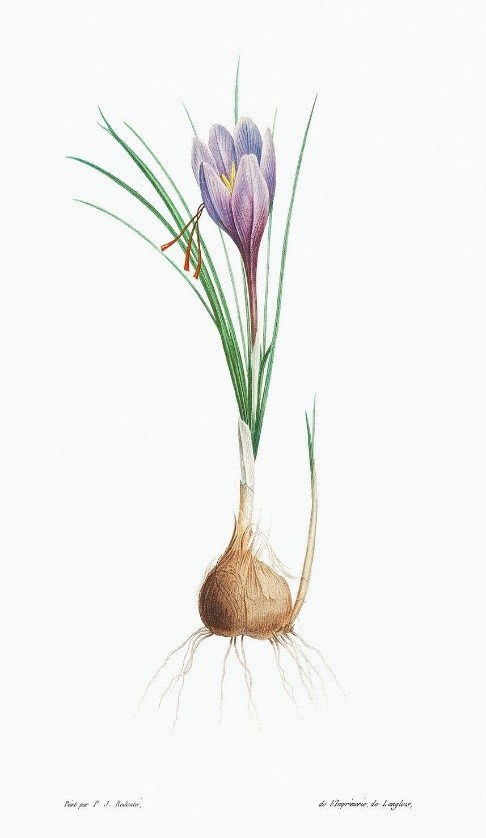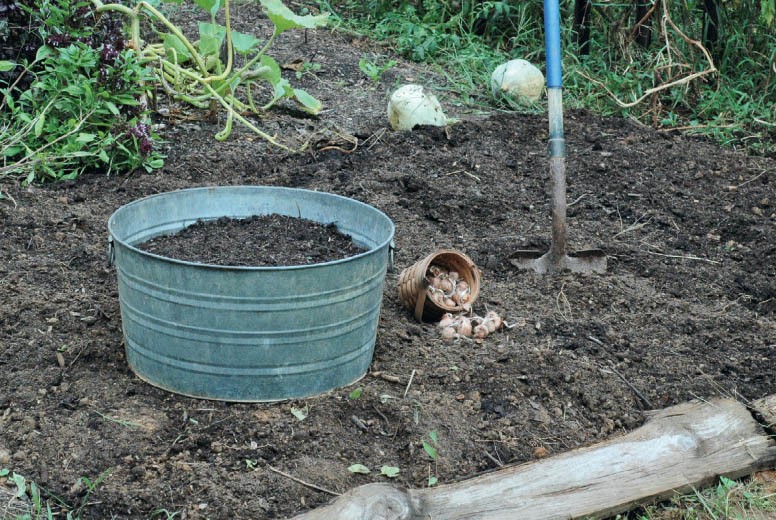Saffron is the most expensive spice in the world, and Iran is responsible for over 90 percent of its production. Iranian saffron is mostly grown in the northeast, where the climate is extremely saffron friendly.
But have you ever heard of the fact that you are actually able to cultivate your own saffron? Broadly speaking it is going to cost you a lot of money and effort, but as long as you can provide proper conditions for growing this susceptible plant, it is fun to try.
SAFFRON, A TRULY SEASONAL SPICE
Saffron (Crocus sativus) is a fall-grown crocus started from a corm (a bulb-like structure). Planting corms is very much like planting seed spices, only the planting depth is much deeper. Also, instead of collecting seeds, you’ll hand-harvest three stigmas from each newly opened flower.
Each corm produces 3–6 flowers or 9–18 stigmas (called threads once dried). Stigmas are dried in a cool, dark location. Threads are stored in a small container for several months, before they’re used to increase aroma. Saffron corms are triggered to grow by waning day length and cooling soil temperatures. As such, they only grow well in climates with noticeable seasonal changes from summer to fall.
Also, after flowering, plants need up to 6 months of mild conditions to produce new corms. Plants are cold, hardy to 15°F (-9°C) (or slightly colder with heavy mulching). However, overall average temperatures should be between 30–65°F (-1–18°C) for peak corm production. In ideal conditions, each parent corm will produce several new corms each year. Every 3 years, dig up the corms, divide them, and plant them again in a new location to increase your harvest. Dispose the unhealthy corms. You can also buy corms yearly and grow saffron as an annual. It’s more costly than purchasing saffron, but it’s fun to try.
When to start
About 6–8 weeks before outdoor soil temperature drops, plant 1-inch (or larger) corms pointy end up, 5–6 inches (12.7–15 cm) deep in the soil. Plant on 6-inch (15 cm) diameters or 4 inches (10 cm) apart on 8-inch (20 cm) rows.
The soil should be at least 10–12 inches (20–25 cm) deep for best corm production with 5 percent organic matter. Also, apply monthly a slow-release fertilizer with some nitrogen, more phosphorus, and a little potassium (e.g., 4-5-3). Amend soil with calcium if it’s depleted.
Raised beds or large outdoor pots can be used too. In cold climates, after flowering, pots could be moved to sunny indoor locations with ideal temperature to keep growing leaves for corm production.
Deep soil and the addition of compost are critical to saffron production.
Water deeply upon planting and every 2 weeks after that until flowers emerge. After flowering, water only when the soil is dry more than 2 inches (5 cm) deep to limit disease risks.
When the tops die back, you can plant short-season, shallow-rooted plants as filler in your saffron bed. Make sure to clear outcrops, add compost, and fertilize in midsummer to prepare for the second season of saffron.




